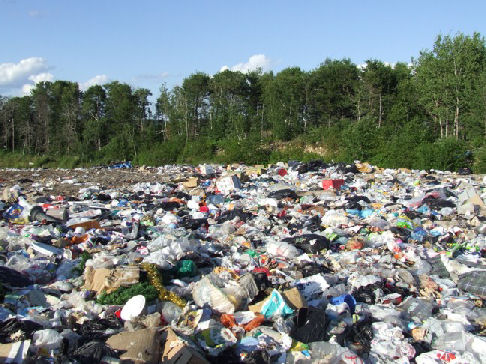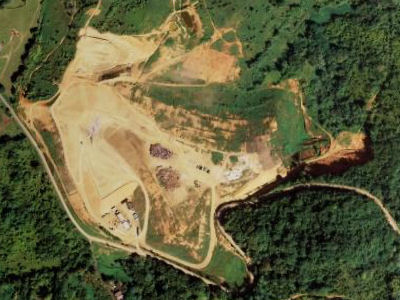4. Waste Management
What is Waste Management?
Waste can be defined as all the matter (solid, liquid or aerosols) that are not useful to humans, and need to be removed from their immediate environment. Usually waste refers to the rubbish produced in urban areas or the side products of the industry. Waste management is the process that involves the collection, removal and disposal or recycling of waste. If the waste cannot be used as it is, it is recycled if possible, in order to receive back part of the matter or energy in a usable form.
The world, as a whole, is facing a serious waste generation problem, as all countries are quickly becoming very wasteful, generating more waste than ever before. Personal responsibility is crucial in creating less waste, and economic pressures for more efficient waste management strategies drive technology to work out new options for waste minimisation and treatment. While waste minimisation and management strategies abound, each has its advantages and disadvantages, and what is applicable in one region may not achieve the same success in another due to differences in culture, community support and politics.
Landfill sites
Landfill sites are an important source of pollution emissions. Landfill gases such as methane and carbon dioxide, as well as hydrogen sulfide, are released from the landfill sites, into the atmosphere. In the U.S.A., the Environmental Protection Agency (EPA) is ranking ladfill sites as the number one source of methane in the country.
Having knowledge of the amount of gases that are released from each landfill site is very important, as it allows for appropriate plans to be made, in order to deal with the problem. Each of the pollutants is absorbing the electromagnetic energy in the infrared, in a unique manner. With optical remote sensing, it is possible to estimate the amount of those gases in the atmophere, based on the intensity of those absorptions.


